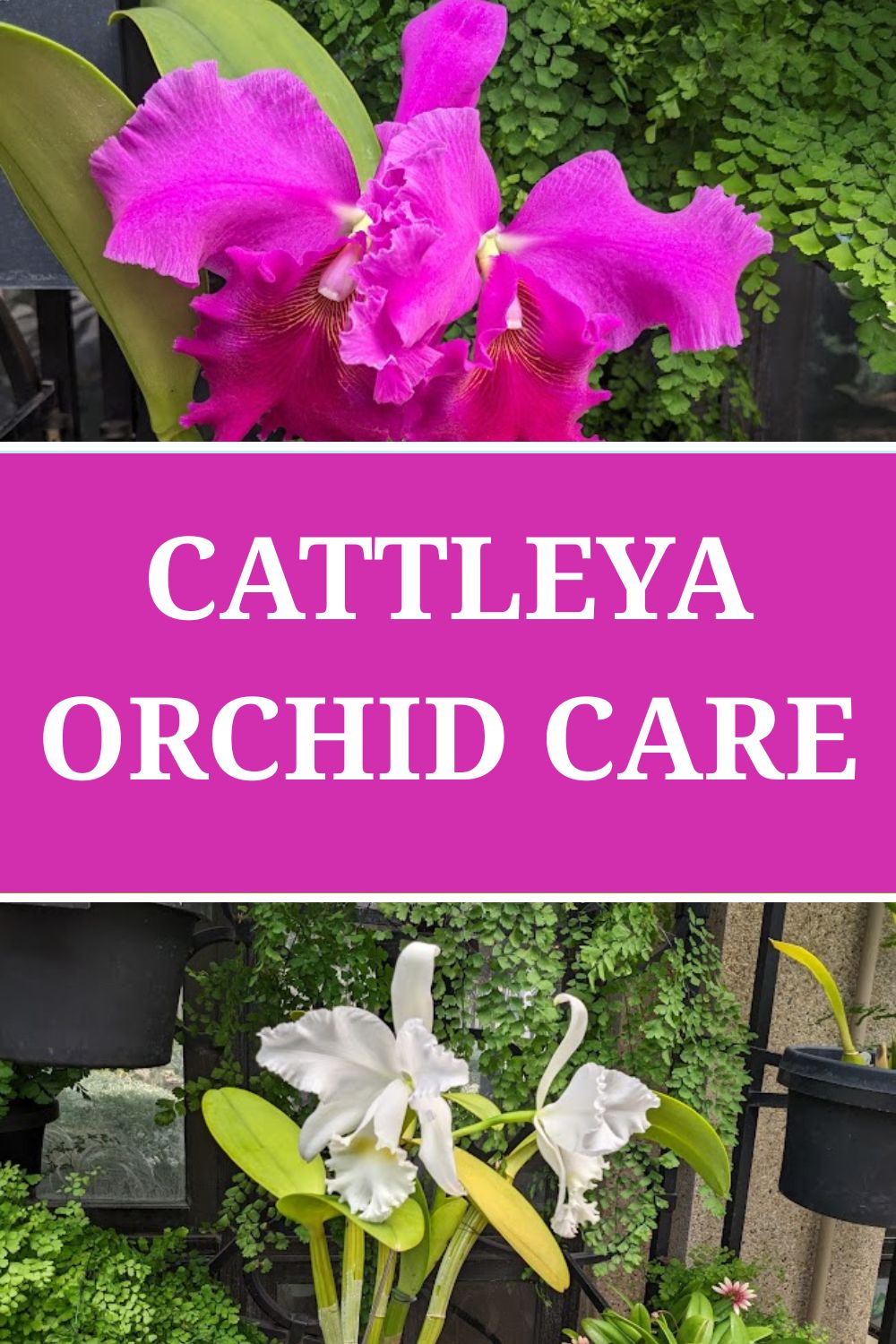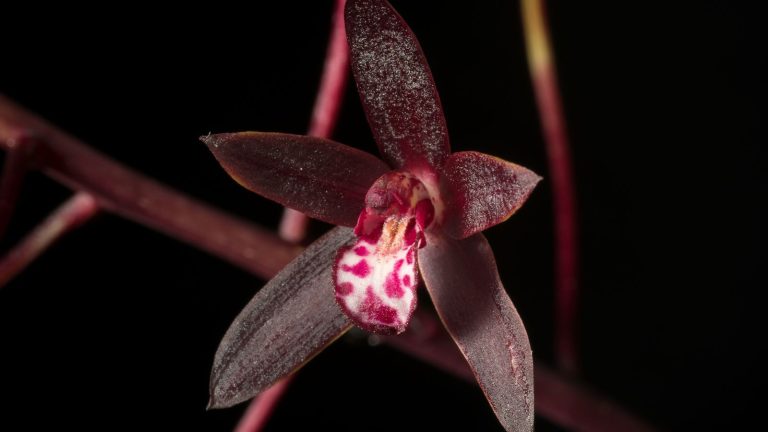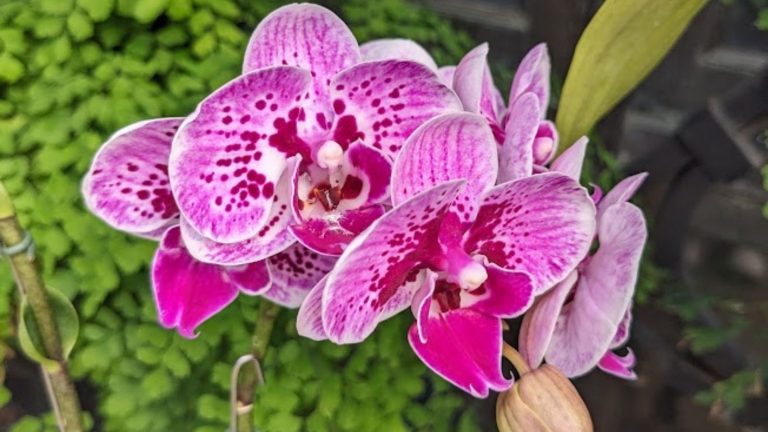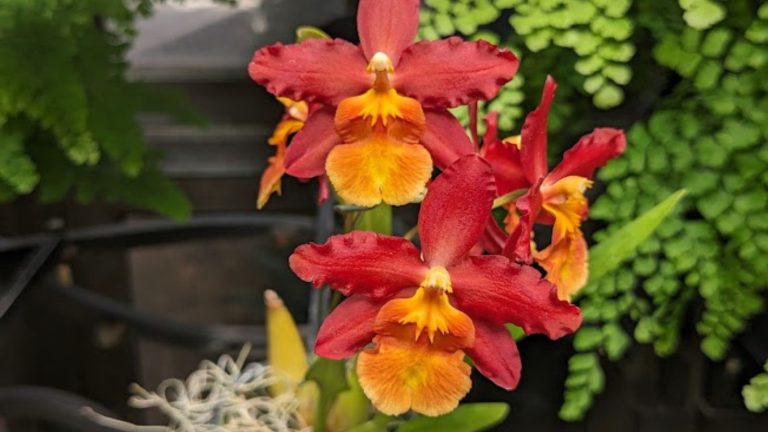Easy Cattleya Orchid Care
Cattleya orchids have been named since the early 19th century. The earliest named Cattleya was the Cattleya labiata. From the hobbyist’s perspective, they are probably the most popular plant. They are also named corsage orchids because they are commonly used in corsages.
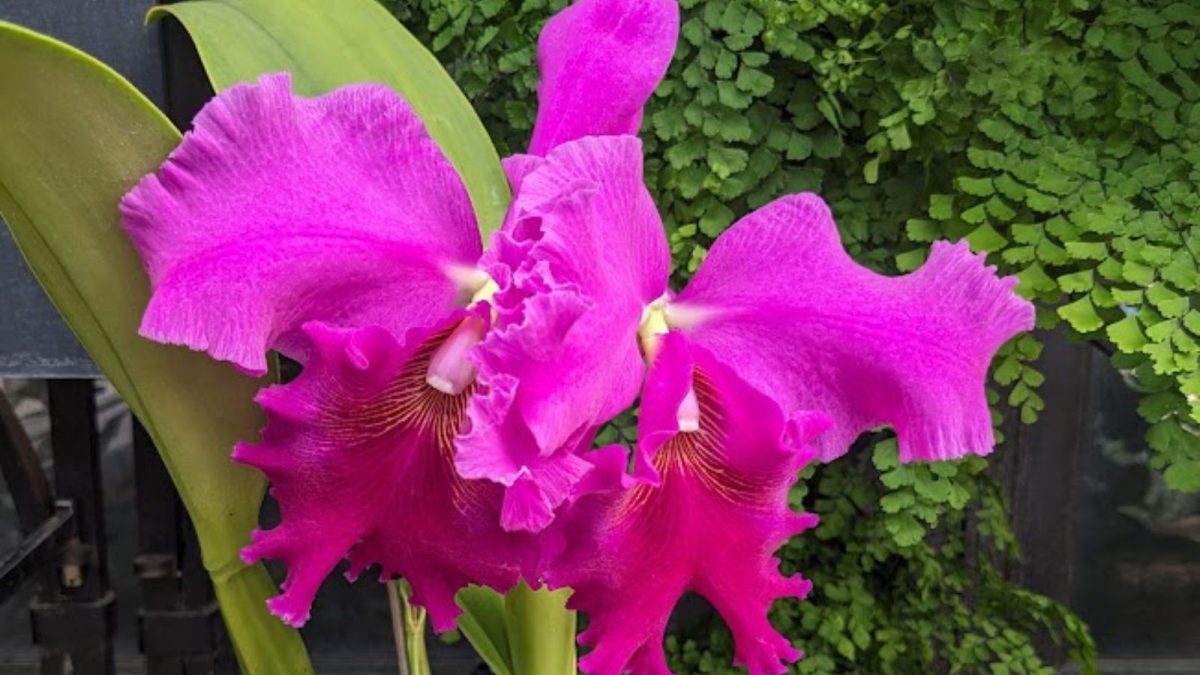
The Cattleya orchid plants have one of the largest flowers, 5 inches across. They are more challenging to grow as most of them flower only once per year and last only 2 – 3 weeks.
Although hobbyists are the ones particularly taken with Cattleya plants now, they are becoming popular with non-hobbyists because of their size. These large flowers are exquisite and usually very fragrant. In fact, the fragrance can penetrate a whole room.
For the Cattleya orchid plants to become a mainstay of orchids, several things are happening today. The new hybrids are lasting longer and blooming more than once per year.
It has been shown that orchids can now be bred for more frequent blooming. This is important for the hobbyist who doesn’t want the plant to be just leaves for 49 weeks a year.
The real trick in orchid care is to gain some experience and education and to be preventive about problems. It really doesn’t take much time or knowledge to keep orchids healthy.
Check out my list of orchid books.
Cattleya Orchid Plants
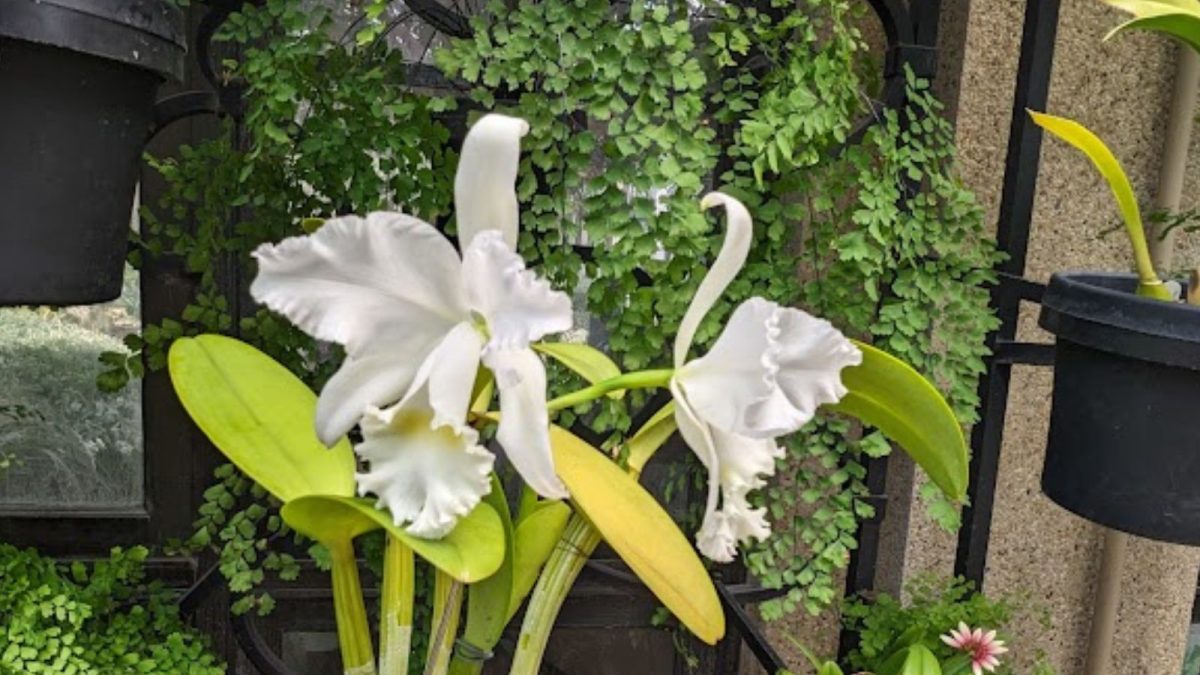
Cattleya orchids show flowers for more than 2-3 weeks, and some of the hybrids have been shown to have flowers for up to 5 -6 weeks.
Blooming more than once per year is important and has spawned another sub-industry. Some nurseries across the country will board your Cattleya between blooming seasons.
The orchid registry in England has not added many hybrids. Over the last 100+ years, the numbers have been essentially stagnant. This means these orchid plants have been primarily in the hands of hobbyists and not the general public.
Cattleya must be easier for folks to grow because most of us do not enjoy the benefits of a greenhouse.
Quick And Easy Guide to Cattleya Orchid Care
Most of the wild Cattleya orchids grow in the rainforests of South America, namely in Argentina, Bolivia, Paraguay, and Mexico. They flourish in the Andes from near sea level to high altitudes of 9,000 – 10,000 feet.
These orchids are epiphytes (an epiphyte is a plant that lives above the ground on another plant, not as a parasite but using the plant for support and deriving nutrition from the air). They are used to being partly covered by the canopy of the rain forest and getting considerable humidity and bright light, which are good conditions for growing Cattleyas.
Since these plants grow in the forest, they are used to diffuse but bright light. Cattleya orchid care generally does not require direct midday sunlight. It is bright light that helps them to develop firm pseudobulbs.
Pseudobulbs are the orchid’s primary way to hold water, essential for their growth and life. In the forest at various heights, there is a wide range of temperatures where these Cattleya orchids grow. In the winter and at higher altitudes, they become accustomed to temperatures as low as 50 – 55 degrees F (10 – 13 °C). In the warm season, they can go as high as 80-90 degrees F.(27 – 30 C.).
The Cattleya orchids need temperature changes to help them grow and bloom. Temperature variations of at least 10 degrees between day and night are great.
Humidity is a friend to Cattleyas. We can see why since they are native to rainforests. Most Cattleya orchids do well set on humidity trays. These are metal or plastic trays that have water in them. The plants sit above the water, and the plant roots do not sit in water. This increases the humidity around the plants and helps prevent root rot. It is also important to allow for good air circulation; however, do not sit the plant in the direct line of a heat or air vent.
Generally, watering is also important in Cattleya orchid care, so water twice a week during their growth and flowering period, and once a week during their period of rest.
Cattleyas are orchids that can and should get dry between waterings after blooming. This aids in the growth of healthy pseudobulbs. Be sure that the potting medium allows the water to drain out reasonably quickly.
To check if a plant needs water, stick a wooden pencil or your finger about 1 inch into the potting material and see if it comes out dry or damp. If dry, it needs watering. If damp, it may be able to go another day or two without water.
When watering, allow the water to flow into the plant and drain right into the sink, not the humidity tray. You can let the water flow onto the plant for about 30 seconds. Repeat this several times over a 15-minute period, and the pseudobulbs will get enough water for storage.
If plants blossom in the winter or spring, this means that these orchid plants deserve a rest period of about 6 to 8 weeks. During this time, water them about once a week and keep the lighting the same.
If the plants bloom in the summertime, no rest period is needed. Fertilizing should occur about every other week with a balanced formula like 20-20-20. The saying is “Weekly, weakly,” which means it is good with orchids to dilute the fertilizer to half or one-quarter strength and fertilize more often.
With these relatively easy steps for caring for Cattleya orchids, you will enjoy many years of joy with your plants.
